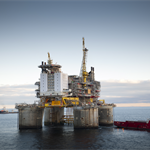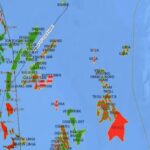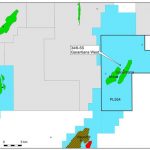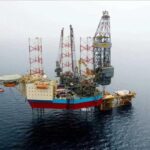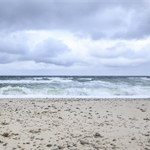Floating wind developers plan transmission network to power North Sea oil and gas
Energy Disrupter

Cerulean Wind and Frontier Power International believe they could produce first power from their three 1GW floating offshore wind farms in 2028, and claimed that North Sea oil and gas platforms will be able to plug into the transmission system to source electricity.
The pair secured three leases – with a combined area of 333km2 – in seabed owner Crown Estate Scotland’s innovation and targeted oil and gas (Intog) leasing round earlier this year.
The three sites being within 100km of each other in the central North Sea will enable a new “basin-wide” offshore transmission system to be built, the developers explained.
Oil and gas companies to “plug in” when they need electricity, they added.
In a first phase, the developers will target oil and gas platforms, but their project – the North Sea Renewables Grid (NSRG) – could later export power to onshore grids in the south of the UK and to Europe.
Cerulean stated that it has agreed an early delivery approach with its industrial partners – NOV, Siemens Gamesa, Siemens Energy, Deme and Worley – to de-risk the project. It added that this is based on its “extensive experience in the offshore oil and gas industry, where such contracting strategies are well understood”.
Humza Malik, founding partner of Frontier Power, said the wind farms will be connected with high-voltage alternating current (HVAC) transmission.
He added: “The scale allows for offtake to other parts of the North Sea through a new high-voltage direct current (HDVC) network.
“For the oil and gas companies, this diversity of offtake provides robustness to the scheme and added flexibility. For Scotland, the HVDC transmission not only provides clean energy to the National Grid, but provides export of power directly to continental Europe.”





